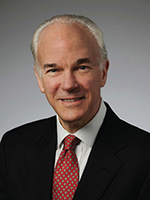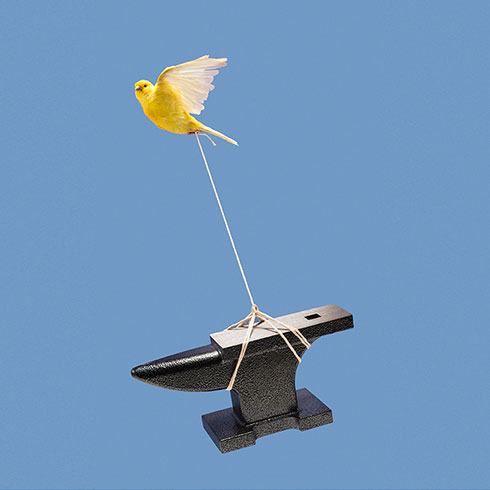Investment governance for the post-pandemic world
As nonprofit boards and investment committees move forward in our post-pandemic society and economy, it is important to review where your organization stands, why its investment portfolio is invested as it is and considerations for the future.
We are now going through a major change in investment regimes – the economic, political and, sometimes, social forces that govern what's possible for investors. Investment strategies that were rewarded in the previous regime may not have the same success in the current regime, and vice versa. In this video, we propose three actions that nonprofits can take to navigate this evolving environment with both hope and confidence.



